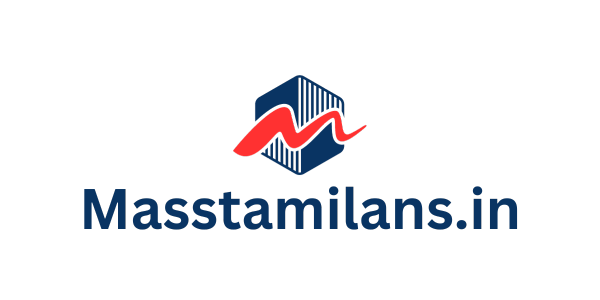Custom Plastic Injection Molding and Models and Categories
Plastic injection molding is a widely used manufacturing process that involves the production of plastic parts through injecting molten plastic into a mold. This article will explore the process of custom plastic injection molding, as well as different models and categories associated with it.
The Process of Custom Plastic Injection Molding
In custom plastic injection molding, a machine called an injection molding press is used to create various plastic parts. The process begins with the feeding of small pellets or granules of raw plastic material into a heated barrel. A rotating screw inside the barrel helps transport the pellets forward while heater bands warm up the plastic.
As the pellets move forward, they gradually melt and become entirely molten by the time they reach the front of the barrel. Once enough molten plastic is in front of the screw, it injects it into an empty part of a mold known as cavity image. Within seconds, this molten plastic fills up the mold’s cavity image like a syringe plunger.
The injected plastic then solidifies in under a minute within the mold before being ejected from it. The mold closes again, ready for another cycle to repeat.
It should be noted that depending on factors such as material type, size, and complexity of parts being produced, tooling can take anywhere between 10-25 days to complete. However, if there is an urgent need for production tools can be finished within one week.
Cases of Plastic Injection Molding
There are numerous cases where custom plastic injection molding has been utilized successfully across various industries. For example,
Different Models and Categories in Custom Plastic Injection Molding
In custom plastic injection molding processes, several models and categories exist to cater to different production needs. These include:
Conclusion

In conclusion, custom plastic injection molding is a versatile manufacturing process that allows for the efficient and precise production of plastic parts. By understanding the process and exploring various models and categories associated with it, manufacturers can make informed decisions regarding their specific production requirements.
Find more about HordRT!
